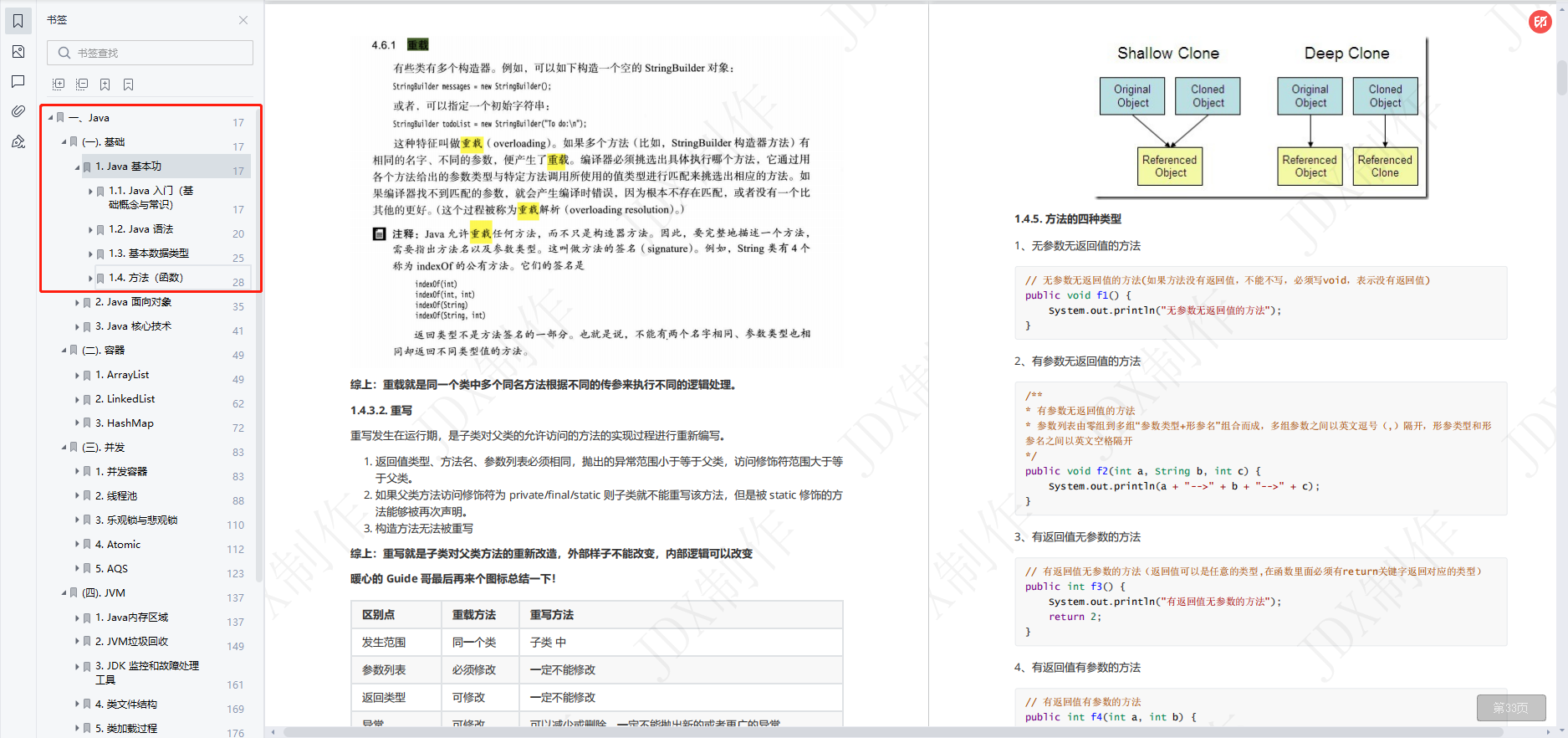当前位置:网站首页>OdeInt與GPU
OdeInt與GPU
2022-07-01 04:22:00 【Feisy】
1 原始鏈接
https://www.boost.org/doc/libs/1_55_0/libs/numeric/odeint/doc/html/boost_numeric_odeint/tutorial/using_cuda__or_openmp__tbb_______via_thrust.html
2 簡介(小規模問題不要用GPU)
Modern graphic cards (graphic processing units - GPUs) can be used to speed up the performance of time consuming algorithms by means of massive parallelization. They are designed to execute many operations in parallel. odeint can utilize the power of GPUs by means of CUDA and Thrust, which is a STL-like interface for the native CUDA API.
Thrust also supports parallelization using OpenMP and Intel Threading Building Blocks (TBB).
You can switch between CUDA, OpenMP and TBB parallelizations by a simple compiler switch.
Hence, this also provides an easy way to get basic OpenMP parallelization into odeint.
The examples discussed below are focused on GPU parallelization, though.
To use odeint with CUDA a few points have to be taken into account. First of all, the problem has to be well chosen. It makes absolutely no sense to try to parallelize the code for a three dimensional system, it is simply too small and not worth the effort. One single function call (kernel execution) on the GPU is slow but you can do the operation on a huge set of data with only one call. We have experienced that the vector size over which is parallelized should be of the order of 106 to make full use of the GPU. Secondly, you have to use Thrust’s algorithms and functors when implementing the rhs the ODE. This might be tricky since it involves some kind of functional programming knowledge.
Typical applications for CUDA and odeint are large systems, like lattices or discretizations of PDE, and parameter studies. We introduce now three examples which show how the power of GPUs can be used in combination with odeint.
The full power of CUDA is only available for really large systems where the number of coupled ordinary differential equations is of order N=106 or larger.
For smaller systems the CPU is usually much faster.
You can also integrate an ensemble of different uncoupled ODEs in parallel as shown in the last example.
3 Phase oscillator ensemble 怎麼使用GPU的大概流程
The first example is the phase oscillator ensemble from the previous section:

It has a phase transition at ε = 2 in the limit of infinite numbers of oscillators N. In the case of finite N this transition is smeared out but still clearly visible.
Thrust and CUDA are perfectly suited for such kinds of problems where one needs a large number of particles (oscillators). We start by defining the state type which is a thrust::device_vector. The content of this vector lives on the GPU. If you are not familiar with this we recommend reading the Getting started section on the Thrust website.
//change this to float if your device does not support double computation
typedef double value_type;
//change this to host_vector< ... > of you want to run on CPU
typedef thrust::device_vector< value_type > state_type;
// typedef thrust::host_vector< value_type > state_type;
Thrust follows a functional programming approach. If you want to perform a calculation on the GPU you usually have to call a global function like thrust::for_each, thrust::reduce, … with an appropriate local functor which performs the basic operation. An example is
struct add_two
{
template< class T >
__host__ __device__
void operator()( T &t ) const
{
t += T( 2 );
}
};
// ...
thrust::for_each( x.begin() , x.end() , add_two() );
This code generically adds two to every element in the container x.
For the purpose of integrating the phase oscillator ensemble we need
- to calculate the system function, hence the r.h.s. of the ODE.
- this involves computing the mean field of the oscillator example, i.e. the values of R and θ
The mean field is calculated in a class mean_field_calculator
The mean field is calculated in a class mean_field_calculator
struct mean_field_calculator
{
struct sin_functor : public thrust::unary_function< value_type , value_type >
{
__host__ __device__
value_type operator()( value_type x) const
{
return sin( x );
}
};
struct cos_functor : public thrust::unary_function< value_type , value_type >
{
__host__ __device__
value_type operator()( value_type x) const
{
return cos( x );
}
};
static std::pair< value_type , value_type > get_mean( const state_type &x )
{
value_type sin_sum = thrust::reduce(
thrust::make_transform_iterator( x.begin() , sin_functor() ) ,
thrust::make_transform_iterator( x.end() , sin_functor() ) );
value_type cos_sum = thrust::reduce(
thrust::make_transform_iterator( x.begin() , cos_functor() ) ,
thrust::make_transform_iterator( x.end() , cos_functor() ) );
cos_sum /= value_type( x.size() );
sin_sum /= value_type( x.size() );
value_type K = sqrt( cos_sum * cos_sum + sin_sum * sin_sum );
value_type Theta = atan2( sin_sum , cos_sum );
return std::make_pair( K , Theta );
}
};
Inside this class two member structures sin_functor and cos_functor are defined. They compute the sine and the cosine of a value and they are used within a transform iterator to calculate the sum of sin(φk) and cos(φk). The classifiers host and device are CUDA specific and define a function or operator which can be executed on the GPU as well as on the CPU. The line
value_type sin_sum = thrust::reduce(
thrust::make_transform_iterator( x.begin() , sin_functor() ) ,
thrust::make_transform_iterator( x.end() , sin_functor() ) );
performs the calculation of this sine-sum on the GPU (or on the CPU, depending on your thrust configuration).
The system function is defined via
class phase_oscillator_ensemble
{
public:
struct sys_functor
{
value_type m_K , m_Theta , m_epsilon;
sys_functor( value_type K , value_type Theta , value_type epsilon )
: m_K( K ) , m_Theta( Theta ) , m_epsilon( epsilon ) { }
template< class Tuple >
__host__ __device__
void operator()( Tuple t )
{
thrust::get<2>(t) = thrust::get<1>(t) + m_epsilon * m_K * sin( m_Theta - thrust::get<0>(t) );
}
};
// ...
void operator() ( const state_type &x , state_type &dxdt , const value_type dt ) const
{
std::pair< value_type , value_type > mean_field = mean_field_calculator::get_mean( x );
thrust::for_each(
thrust::make_zip_iterator( thrust::make_tuple( x.begin() , m_omega.begin() , dxdt.begin() ) ),
thrust::make_zip_iterator( thrust::make_tuple( x.end() , m_omega.end() , dxdt.end()) ) ,
sys_functor( mean_field.first , mean_field.second , m_epsilon )
);
}
// ...
};
Now, we are ready to put everything together. All we have to do for making odeint ready for using the GPU is to parametrize the stepper with the appropriate thrust algebra/operations:
typedef runge_kutta4< state_type , value_type , state_type , value_type , thrust_algebra , thrust_operations > stepper_type;
You can also use a controlled or dense output stepper, e.g.
typedef runge_kutta_dopri5< state_type , value_type , state_type , value_type , thrust_algebra , thrust_operations > stepper_type;
Then, it is straightforward to integrate the phase ensemble by creating an instance of the rhs class and using an integration function:
phase_oscillator_ensemble ensemble( N , 1.0 );
size_t steps1 = integrate_const( make_controlled( 1.0e-6 , 1.0e-6 , stepper_type() ) , boost::ref( ensemble ) , x , 0.0 , t_transients , dt );
We have to use boost::ref here in order to pass the rhs class as reference and not by value. This ensures that the natural frequencies of each oscillator are not copied when calling integrate_const. In the full example the performance and results of the Runge-Kutta-4 and the Dopri5 solver are compared.
The full example can be found at phase_oscillator_example.cu
其他文章已經代碼:
1
https://archive.fosdem.org/2013/schedule/event/odes_cuda_opencl/attachments/slides/181/export/events/attachments/odes_cuda_opencl/slides/181/1430_Karsten.pdf
https://github.com/ddemidov/gpgpu_with_modern_cpp
边栏推荐
- JMeter学习笔记2-图形界面简单介绍
- Rule method: number of effective triangles
- [TA frost wolf \u may- hundred people plan] 1.2.1 vector basis
- Chen Yu (Aqua) - Safety - & gt; Cloud Security - & gt; Multicloud security
- Valid @suppresswarnings warning name
- Spock单元测试框架介绍及在美团优选的实践___第一章
- LetCode 1829. Maximum XOR value per query
- Jenkins自动清理构建历史
- Embedded System Development Notes 80: using QT designer to design the main interface
- Maixll-Dock 使用方法
猜你喜欢

After many job hopping, the monthly salary is equal to the annual salary of old colleagues

25.k sets of flipped linked lists

CF1638E colorful operations

206.反转链表

Edge浏览器的小技巧:Enter+Ctrl可以自动将地址栏转换为网址

Volley parsing data shows networking failure

25.K个一组翻转链表

Do280 management application deployment --rc

Knowledge supplement: basic usage of redis based on docker

Task04 mathematical statistics
随机推荐
[TA frost wolf \u may- hundred talents plan] 1.2.2 matrix calculation
Knowledge supplement: basic usage of redis based on docker
TCP/IP 详解(第 2 版) 笔记 / 3 链路层 / 3.4 桥接器与交换机 / 3.4.2 多属性注册协议(Multiple Registration Protocol (MRP))
Redis (VII) optimization suggestions
CUDA development and debugging tool
Some small knowledge points
206.反转链表
Threejs opening
不同性能测试工具的并发模式
Possible problems and solutions of using scroll view to implement slider view
NFT: utilisez EIP - 2981 pour commencer un voyage de redevances NFT
[deep learning] (4) decoder mechanism in transformer, complete pytoch code attached
2022年上海市安全员C证考试题模拟考试题库及答案
LeetCode 1380. Lucky number in matrix
Leetcode learning - day 36
基于Unet的环路滤波
Embedded System Development Notes 79: why should I get the IP address of the local network card
OSPF notes [dr and bdr]
JMeter learning notes 2 - brief introduction to graphical interface
LeetCode 1828. Count the number of points in a circle